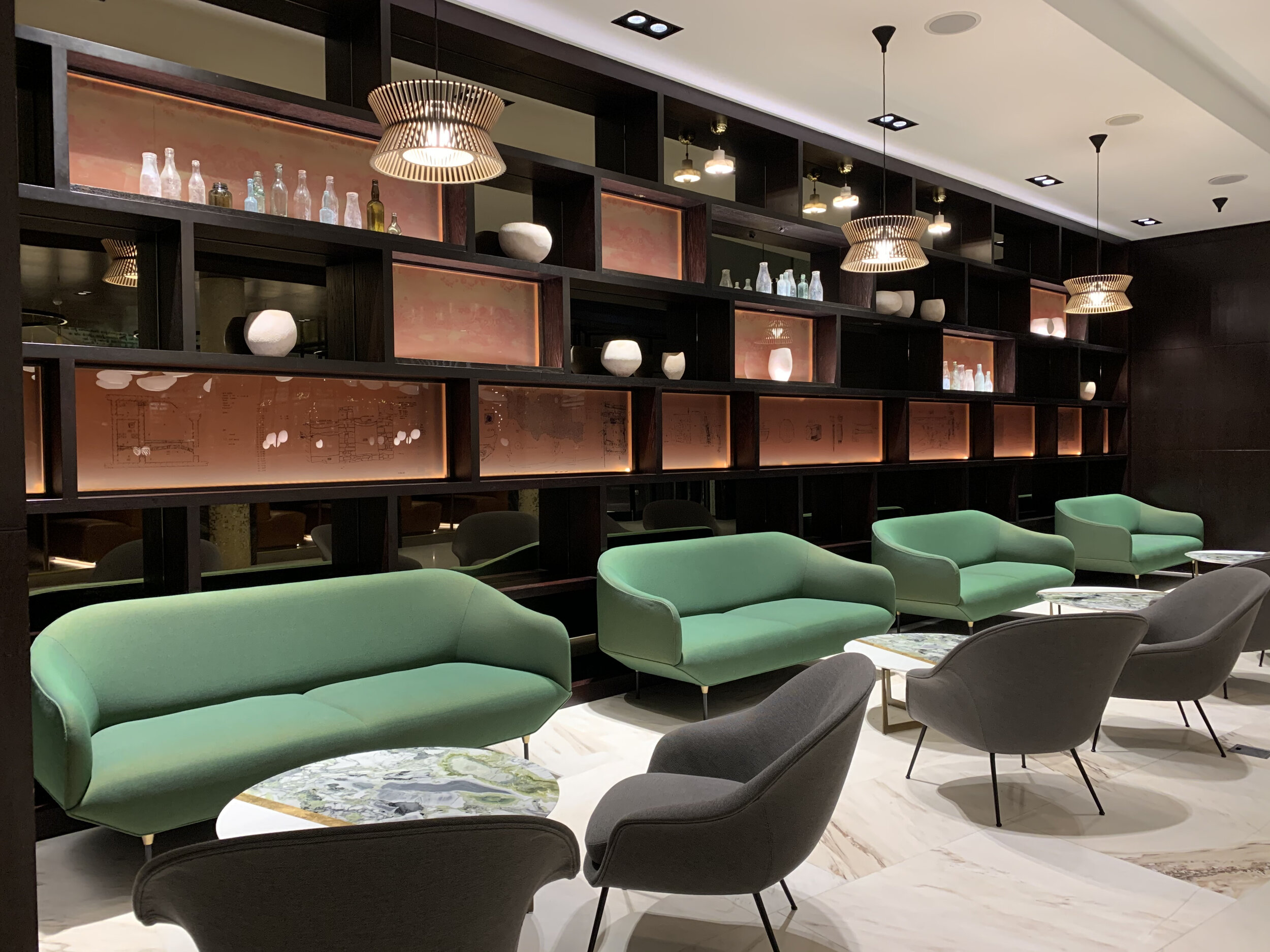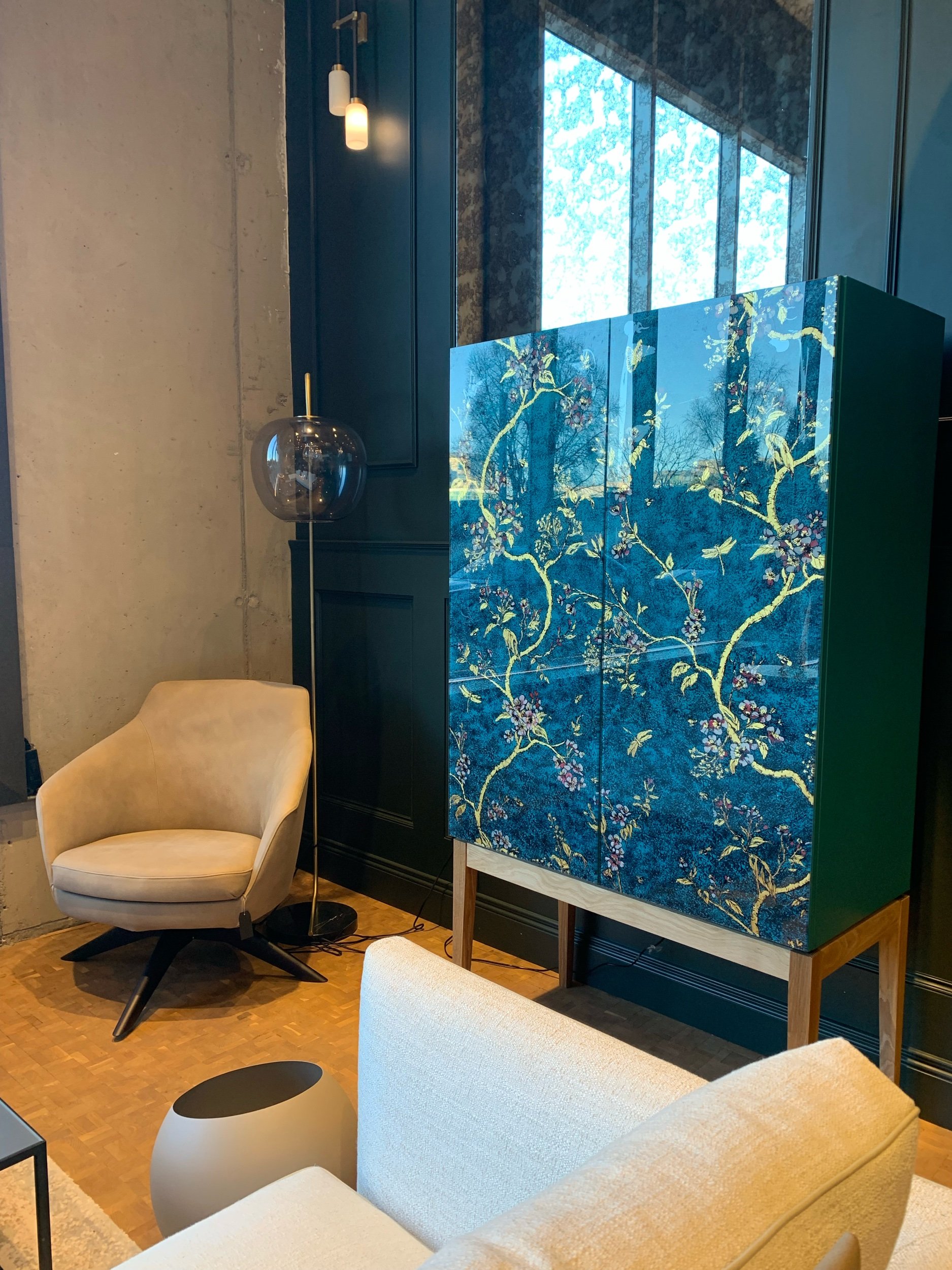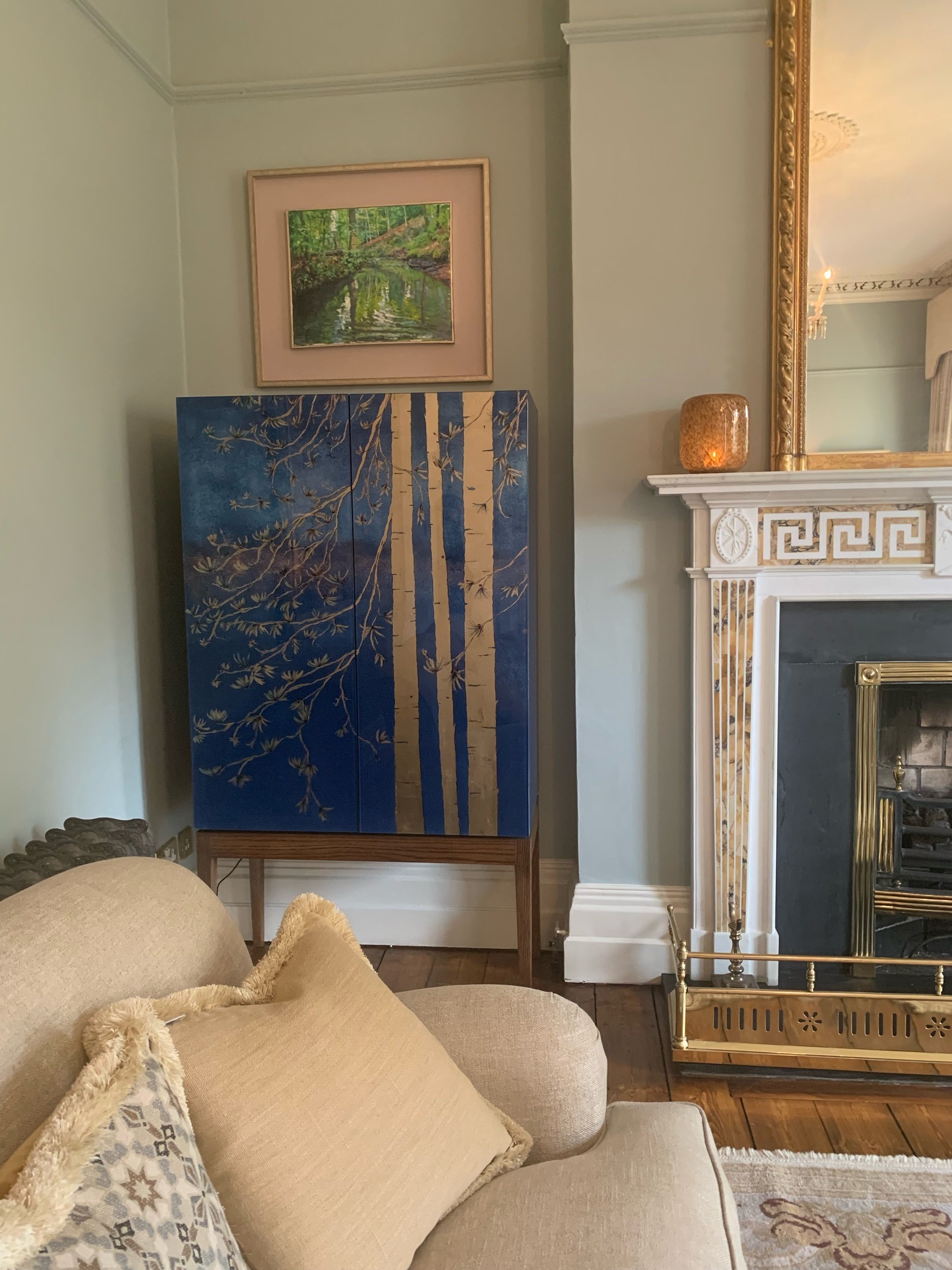1
2
3
4
5
6
7
8
9
10


![Verre Églomisé [hand-gilded with 24 carat gold leaf] Statement Panel, Radisson Blu, Golden Lane](https://images.squarespace-cdn.com/content/v1/55ae7434e4b0372eed45bed3/1603220960411-O1APHVQC3VJIRLAWWZFQ/Hand-gilded+Gold+Leaf+Panel+-+View+towards+Entrance.jpg)
![Verre Églomisé hand-gilded [24 carat gold leaf] Statement Panel, Radisson Blu, Golden Lane](https://images.squarespace-cdn.com/content/v1/55ae7434e4b0372eed45bed3/1604345381383-W5A7IQGA126PMNPX93OS/Re-sized+Verre+%C3%89glomis%C3%A9+Panel+-+23+carat+gold+leaf+-+Entrance+Lobby%2C+Radisson+Blu.jpg)






Hand-Gilding the feature Statement Panel for Radisson Blu, Golden Lane
[Verre Églomisé] Each gold leaf panel (80mm x 80mm) is hand-applied over gilding size with a gilding brush.
Bespoke Back-Lit Amber Panels with Original archaeological Drawings
Bespoke Back-lit Amber Panels created to illustrate the Original Drawings from the Archaeological Dig at the site of the Radisson Blu. Original artefacts, such as the original glassware discovered during the dig, are also displayed. The panels form the back-drop for a specially commissioned Stoneware Installation by Yasha Butler to commemorate the historical significance of the location .
Verre Églomisé [hand-gilded with 24 carat gold leaf] Statement Panel, Radisson Blu, Golden Lane
The Radisson Blu is located on one of the oldest streets in Dublin, dating as far back as 1466. The Street name was changed from Cross Lane to Golden Lane, following the arrival of a guildhall of goldsmiths to the street. This has inspired the choice of material [24 carat gold leaf] for the Statement Panel, together with an artistic representation of John Speed’s 1610 map of Dublin.
Verre Églomisé hand-gilded [24 carat gold leaf] Statement Panel, Radisson Blu, Golden Lane
A specially commissioned art installation to commemorate the historic location of the Radisson Blu, which sits on one of the oldest streets in Dublin. Originally called Cross Lane (linking Clanbrassil/St. Patrick’s Street and Aungier/George’s Street) the street dates as far back as 1466, and is marked up on John Speed’s 1610 map of Dublin. The choice of technique [Verre Églomisé] and the material - 24 carat gold leaf, were inspired by the arrival of a Guildhall of Goldsmiths to the street, whereupon it became known as ‘Golden Lane’.